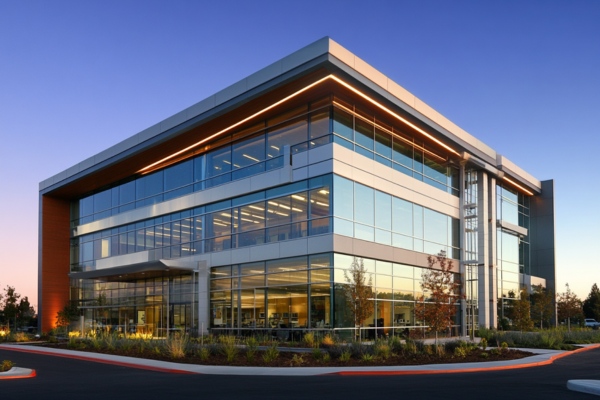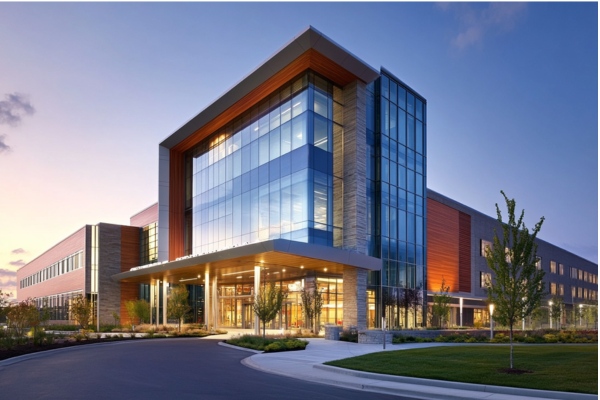


Green buildings are the new standard in construction, valued for their reduced energy consumption and minimal environmental impact while ensuring comfort and functionality.
These buildings use sustainable technologies like efficient insulation, solar renewable energy systems, rain water harvesting etc. to shrink their environmental footprint. By optimising natural resources like sunlight and incorporating smart heating, cooling, and lighting systems, they lower utility costs and support sustainability.

But in today’s industry, a building can only be considered truly sustainable once it meets the certification standards set by authorities such as the Indian Green Building Council (IGBC), the Green Rating for Integrated Habitat Assessment (GRIHA), and the Leadership in Energy and Environmental Design (LEED).
These certifications place significant emphasis on the use of sustainable materials, recognizing their vital role in reducing environmental impact. Among these building materials, glass has emerged as a key player, offering both energy efficiency and aesthetic appeal. With its ability to maximise natural light and regulate heat gain/transfer, glass takes a leading role in the list of eco-friendly building materials.
Many attributes of modern day glass make it a favoured material for green building ratings. Some of them are

Based on the above attributes, many innovative and technologically advanced types of glass are available in the market today.
Inventive usage of these interesting technologies are actively helping buildings achieve the green building rating they require. Listed below are a few of these glass solutions
In the quest for green building certifications, glass has proven to be a crucial material, combining sustainability with innovation. Its ability to enhance natural light, provide superior thermal and acoustic insulation, and integrate renewable energy solutions aligns perfectly with the standards set by the certifying institutions.
By utilizing advanced glass technologies such as solar control glass, low-E coated glass, and insulated glass, you not only meet but can exceed green building rating requirements. Glass' recyclability further bolsters its role in reducing environmental impact.
As we continue to advance in sustainable building practices, glass remains a key player in creating eco-friendly, energy-efficient, and aesthetically pleasing structures that contribute to a greener future.
How can green buildings help achieve sustainable development goals?
Green buildings are valued for reducing energy consumption, lowering carbon emissions, and enhancing occupant well-being. They drive innovation in sustainable building materials, technologies, and practices, such as efficient insulation, renewable energy systems, and the use of recycled materials, to reduce their environmental impact.
How many green building rating systems are there in India?
India has three main green building rating systems: the Indian Green Building Council (IGBC), the Green Rating for Integrated Habitat Assessment (GRIHA), and the Leadership in Energy and Environmental Design (LEED).
What are the 7 components of a green building?
The seven key components of a green building are:- eco-friendly building materials, energy efficiency and renewable energy, indoor air quality, waste reduction, water efficiency, smart growth, sustainable site development, and toxic reduction.
Are glass buildings environmentally friendly?
Glass buildings can be environmentally friendly. For instance, low-carbon glass is a specialised glass substrate made with recycled materials, liquified natural gas, and renewable energy sources that significantly reduce a building's carbon footprint compared to regular glass. Solar control glass, with its heat-protective coating, reflects and absorbs heat, maintaining solar insulation and minimising the need for heating and cooling devices, and reducing energy costs, thus making it an eco-friendly choice.
Vaishnavi Sanjayan is a designer with a penchant for words and narratives. Armed with diverse experiences, ranging from being a carpentry coach & freelance retrofit designer to writer & social responsibility warrior, her unique take on design due to varied life experiences, and an ardent desire to take the design world by storm are her strongest assets. Read More